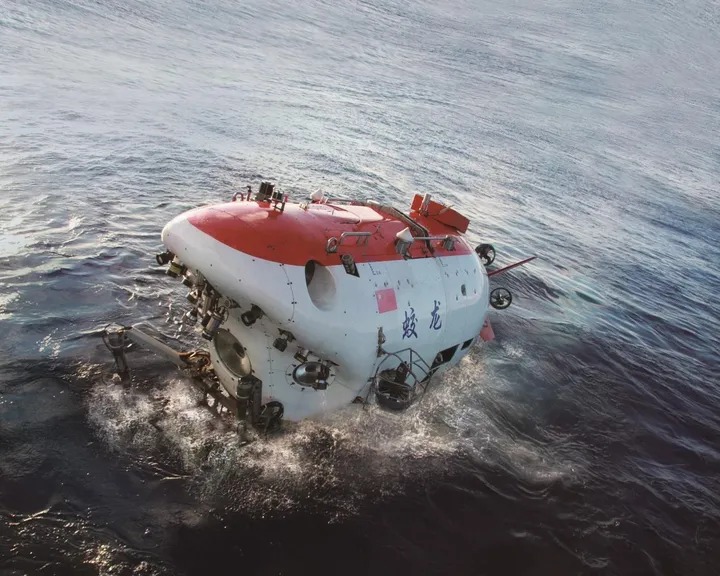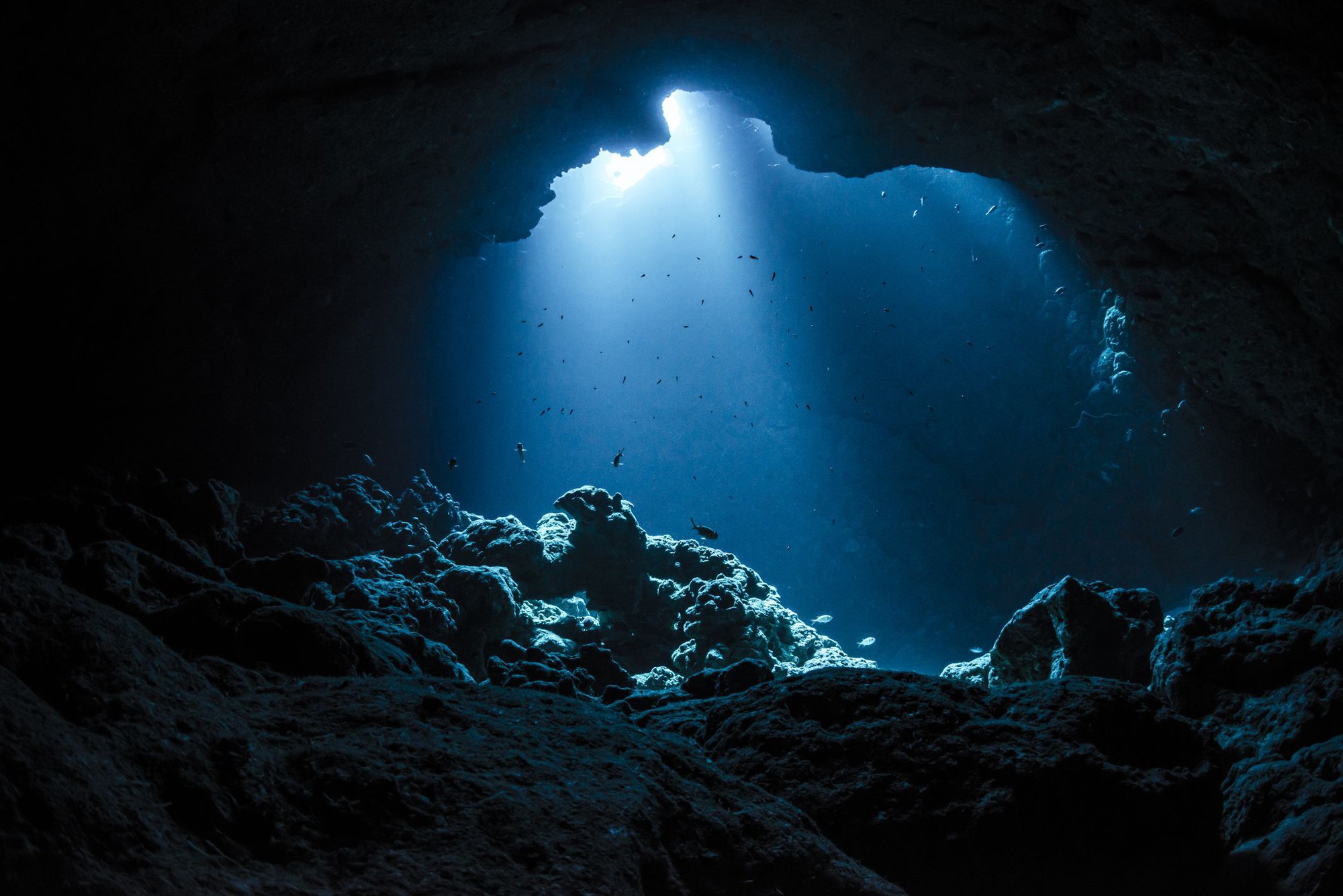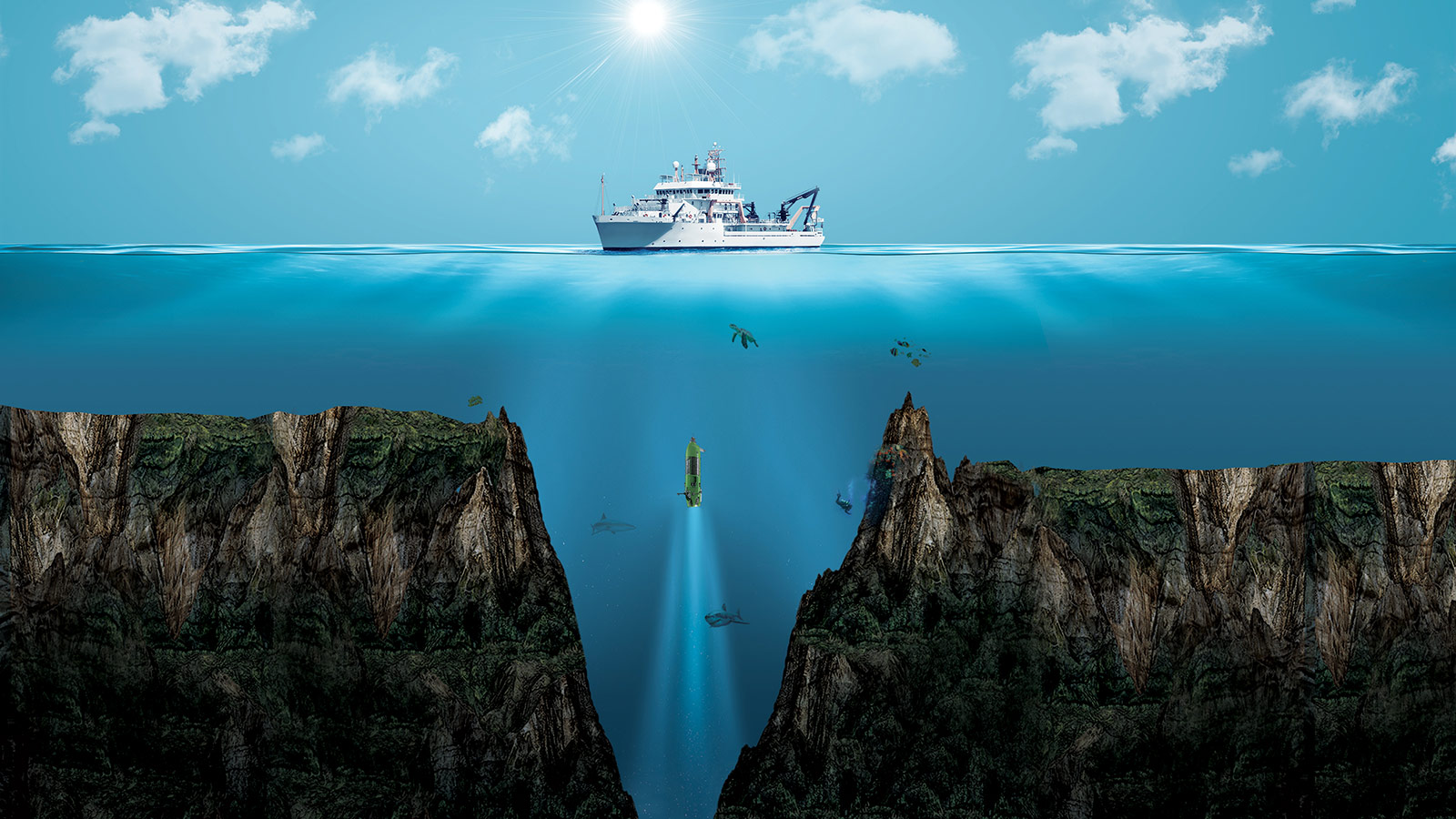What’s in the deep sea? Humans have even been in space for a long time, why does the deep sea inside the Earth still hold so many mysteries for humanity?
The average depth of the sea globally is 3,700 meters. So what’s in the deep sea? What kind of mysterious world is it?
According to modern scientists, human understanding of the deep sea in the last century is not even as great as our understanding of the Solar System! Then, with the popularity of manned deep submersibles and unmanned submersibles, people were able to explore part of the depths of the seabed.
Currently, there are only a few countries in the world that can independently develop manned deep submersibles at a depth of 10,000 meters, such as China and the United States.
The pressure under the deep sea is hundreds of times greater than the atmospheric pressure on the surface. To resist such high pressure, a deep submersible must have extremely strong anti-pressure capabilities. If it is a manned deep submersible, it will also be needs to ensure the safety and comfort of those inside it.

The area of deep sea explored by humans today only accounts for a very small part of the total ocean area. The average depth of the global ocean is about 3,700 meters, while the ocean accounts for 70% of the Earth’s surface area. Therefore, there are still many secrets hidden in the ocean that may take us a lot of time to discover.
Deep sea refers to the deepest area of the ocean, usually an area where the ocean floor is deeper than 200 meters. Because the special environment of the deep sea, light, pressure, temperature and other factors are very different from those on land and shallow seas, the creatures and landscapes in the deep sea are also completely different from what we are used to. see.

The following are the main environmental and ecological features of the deep sea:
Deep sea environment: Its temperature and water pressure are extremely high, can reach hundreds of atmospheres, the light is dim, there are geological phenomena such as deep cold ocean currents, underground volcanoes and hot springs.
Deep-sea fish: Deep-sea fish are numerous and diverse. Many fish species look very strange. In addition to having large mouths and impaired eyes, they often emit light to attract prey or find friends. love. Compared with shallow-sea fish, deep-sea fish have less bone and muscle content, and the proportion of cartilage in the bones of deep-sea fish is much higher than that of shallow-sea fish.
Benthic animals: Benthic animals come in many different forms, some are quite beautiful and others are strange looking, and these benthic animals also play an important role in the marine ecosystem deep.
Abyssal mud: The organic matter in abyssal mud is very special because the low pressure and temperature cause a large amount of marine organic matter to gradually deposit on the ocean floor.
Deep-sea hydrothermal organisms: Deep-sea hydrothermal organisms refer to organisms that live near hot springs in the deep sea. The temperature at the center of the hot water hole reaches several hundred degrees Celsius. It is difficult to imagine that there would be a large number of bacteria living in this harsh environment, some of these bacteria feed on sulfide spewed from the hole. hot water, water hole and absorb energy from it.
Deep sea bottom terrain: Deep sea bottom terrain is often relatively complex and rugged, and has many deep sea faults, reefs, trenches…

So why is the deep sea still a mystery to humanity?
Deep sea exploration is not an easy job, but requires a lot of skills, equipment and expertise. There are many reasons why it is difficult for people to access the mysteries under the sea, including the following 3 main reasons:
First, the deep sea is an extremely harsh environment, with very low temperatures, very high pressure and a lack of light. These factors make it difficult for people to stay safe here without the help of protective equipment and respiratory support. In addition, deep in the sea there are many toxic gases and radioactive substances that are dangerous to human health.

Second, the deep sea is a vast and complex environment, with diverse terrain, geology and organisms. To explore the deep sea, scientists must use many different techniques and technologies, such as submarines, remote observation devices, unmanned devices or underwater robots. However, these tools are still limited in their ability to move and transmit signals, and in fact they can still only withstand pressure at a certain depth.
Third, the deep sea is an environment that is little studied and understood, with many mysteries and challenges. According to estimates, only about 5% of the seabed has been explored and mapped in detail. Nearly two-thirds of life on the seabed has not yet been officially identified. Many natural phenomena and processes in the deep sea have not been clearly explained.

The above reasons explain why people rarely explore the deep sea. However, this does not mean that people do not care about the deep sea or ignore its values and potential. On the contrary, the deep sea is a precious resource, a highlight for tourism and education, and an important factor in regulating climate and sustaining life on Earth. Therefore, deep sea exploration is a necessary and meaningful task for humans in the future.
Source: Earthlymission; Nature; NASA











